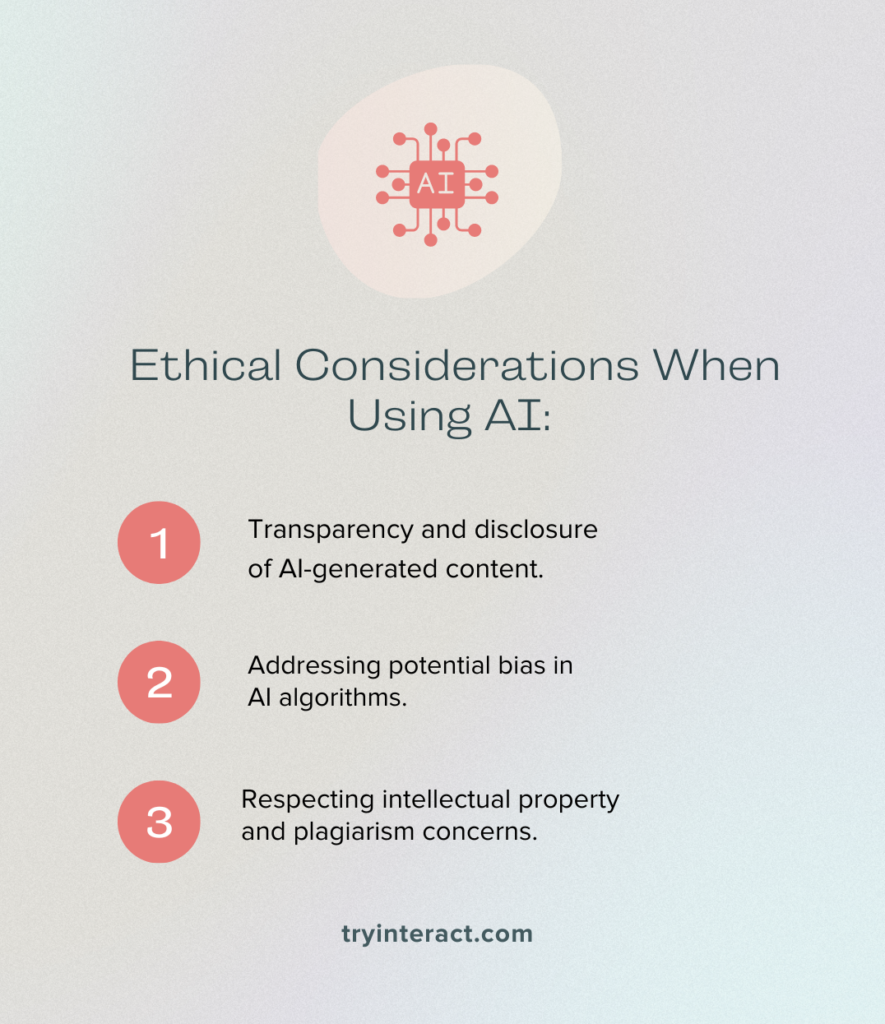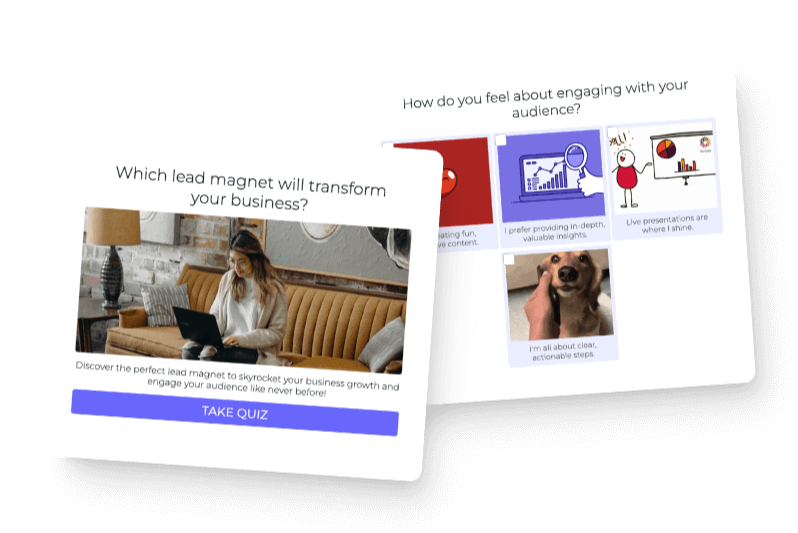Artificial intelligence (AI) and machine learning technologies have revolutionized the way we create and consume content. They have become a vital aspect of the digital landscape. However, when it comes to content creation, there are certain things you shouldn’t do. In this article, we’ll cover what not to do when using AI for content and explore how to avoid common pitfalls.
Let’s jump in!
Table of contents
Understanding the Limitations of AI in Content Creation
Before we dive into the specific dos and don’ts, it’s essential to recognize the limitations of AI in content creation. AI has come a long way in recent years, but it’s not a replacement for human creativity and originality. While AI can generate content, it lacks the nuances and abilities of human writers, such as tone, emotion, and critical thinking.
It’s important to remember that AI should be viewed as a tool to assist rather than to replace human writers. It can help with tasks such as data analysis, keyword research, and even generating some basic content.
Recognizing the Difference Between Human and AI-generated Content
One common mistake is treating AI-generated content as equal to human-generated content. While AI can create articles, it’s generally not on par with people’s abilities. Readers can often tell the difference between human and AI work. Human-written content tends to be more engaging, emotional, and thought-provoking, with real-life examples and anecdotes. Meanwhile, AI-generated content can be formulaic and lacking in personality. The best way to avoid this is to use AI-generated content in conjunction with human-written content to provide the best possible experience for your readers.
Avoiding Over-Reliance on AI for Creativity and Originality
Another pitfall is relying entirely on AI-generated content for your content strategy. While it can produce vast amounts of content quickly, it’s best to use the tool for menial tasks—like data analysis and keyword research—or to spark inspiration. This will help you free up time to focus on creating engaging, original content that resonates with your audience. This balance will lead to better content that generates better engagement and ultimately drives more traffic to your website.
Common Mistakes to Avoid
AI has become an integral part of content creation and marketing strategies. It can help businesses generate content quickly and efficiently, saving time and resources. However, there are common mistakes you can make when using AI. These pitfalls can undermine your efforts and lead to less effective content.
One of the most significant mistakes businesses make is ignoring the importance of human editing and review. Although AI can generate content quickly, it’s still prone to errors and inconsistencies. Your human touch adds creativity and personality to the content, keeping it on brand and making it more engaging for your audience. Plus, you can ensure that the content aligns with your brand’s voice and tone, which is crucial for a strong brand identity and authenticity.
Another example is relying entirely on AI-generated keywords and topics. While AI can suggest topics and keywords, it cannot understand the nuances and context of your specific niche. Your market research and real conversations with your customers provide the necessary context and expertise to create relevant, high-quality content.
Even with AI, you must conduct in-depth market research and analysis to identify the most relevant and valuable topics for your target audience. Because of your expertise, you’ll know whether your content is providing your audience with valuable insights and information.
Ethical Considerations in AI-generated Content

Like all other parts of your business, it’s important to remember the ethical implications of using AI in your business. You’ll want to keep a few things in mind, such as transparency with your audience, addressing potential bias in AI algorithms, and double-checking for plagiarism before publishing.
As a part of building connection with your ideal client, you’ll want to be honest with your audience about your use of AI. This transparency builds trust and credibility and sets clear expectations for the type of content your audience will be consuming. Consider including a disclaimer at the beginning of your content, stating that it was generated by AI, or a brief explanation of how it was used.
Another ethical consideration is the information included in the output from AI. AI algorithms can be biased, depending on their training data. Therefore, it’s crucial to recognize this in your AI-generated content and double-check for accuracy. Your name is on the content at the end of the day, and your target audience will find it. Lastly, make sure a human reviews the output of your AI-generated content to prevent copyright infringement or plagiarism.
Quality and Relevance in AI-generated Content
As with any technology, there are challenges to overcome with AI, and quality and relevance are two of the most critical factors to consider when using this tool.
Before pumping out content with AI, test out your prompt design first. The accuracy and relevance of your content will depend on the quality of the data AI is trained on. We’ll help you get a head start so you don’t have to figure it out on your own! We recommend saving prompts that work best for you in a doc or digital note. You can use saved prompts again by tweaking the language.
Finally, it’s a good idea to regularly evaluate and update your AI content strategy as you learn more about how to use it. AI technology is rapidly evolving, and what worked yesterday may not work today.
Wrap Up
AI technology can provide valuable assistance in your content creation efforts, but keep in mind its limitations. You can create engaging and effective content by recognizing the limitations of AI, differentiating between human- and AI-generated content, avoiding overreliance on AI, and ensuring ethical considerations, quality, and relevance. Remember to balance AI-generated content with human input and to regularly evaluate and update your AI content strategy to stay ahead of the curve.
